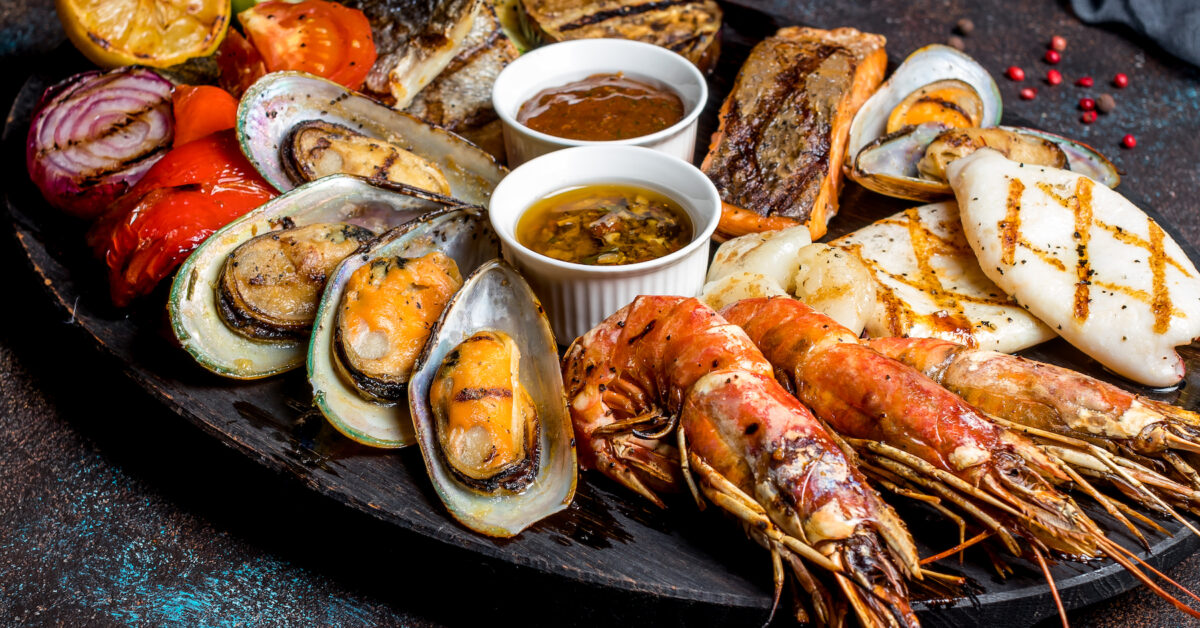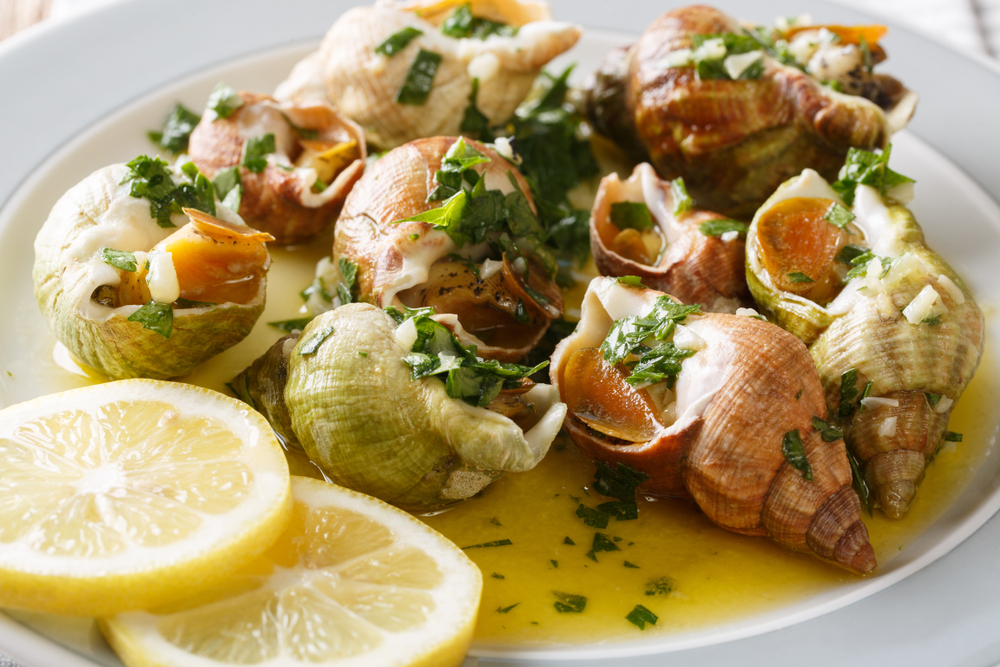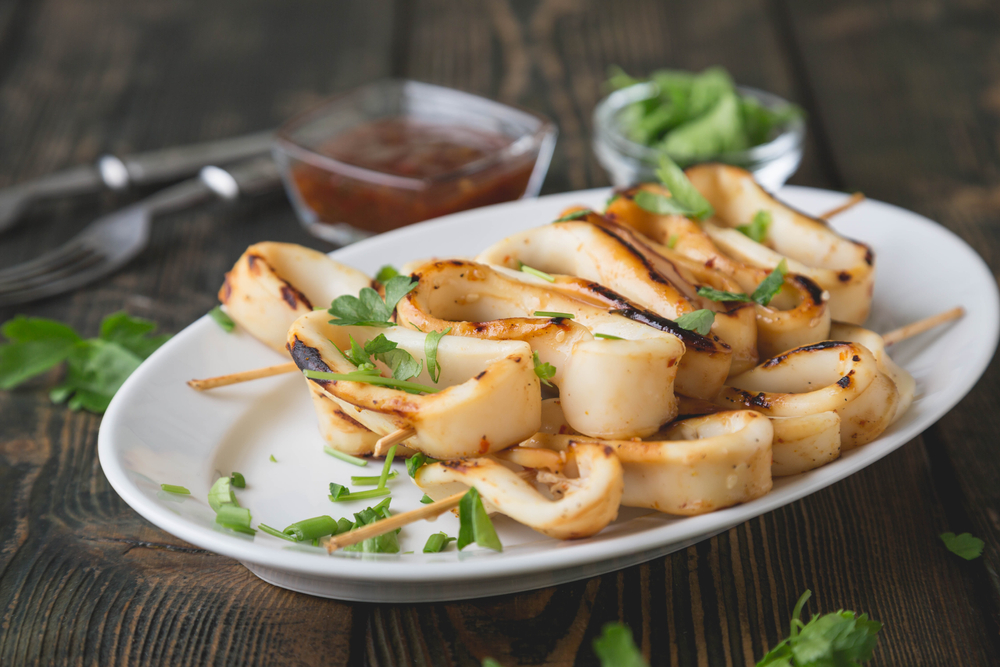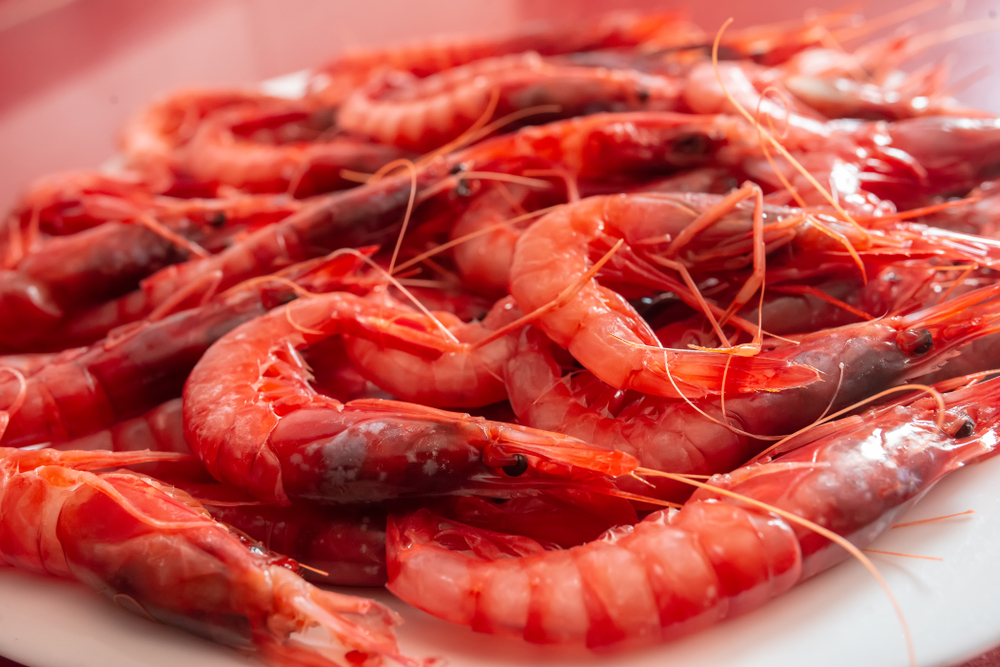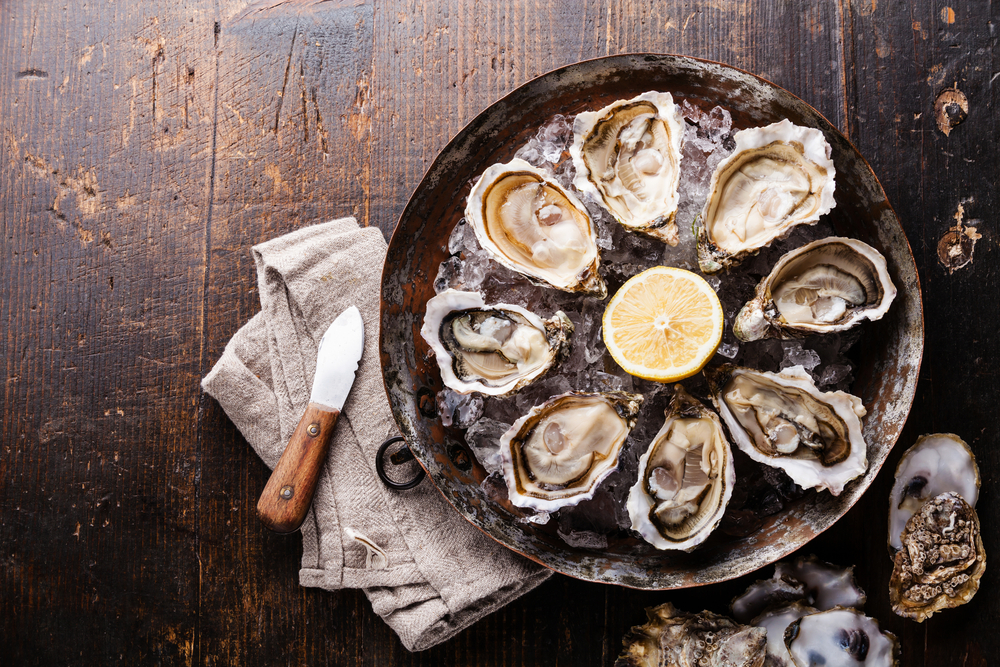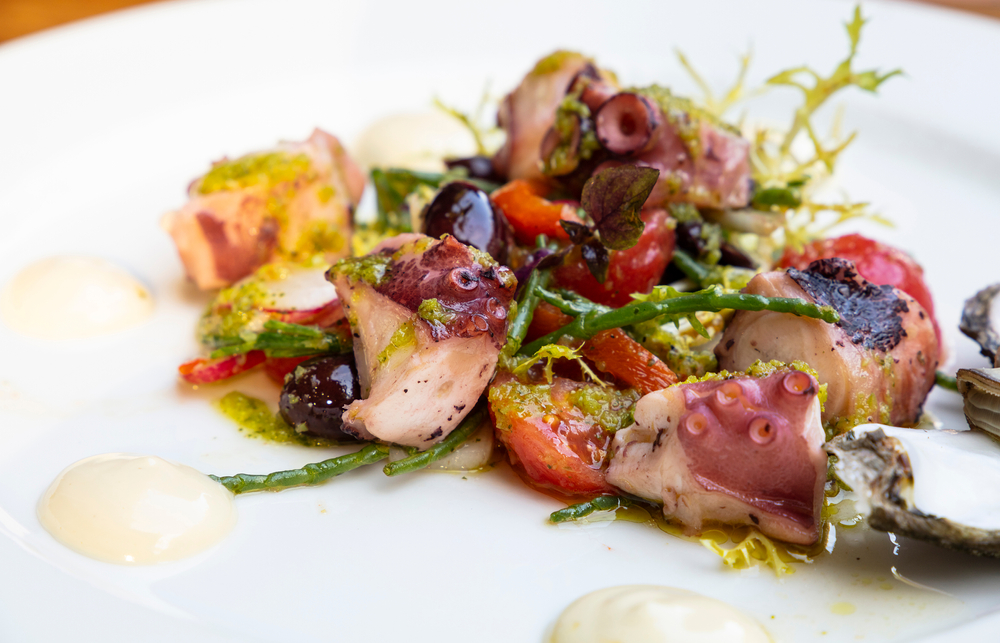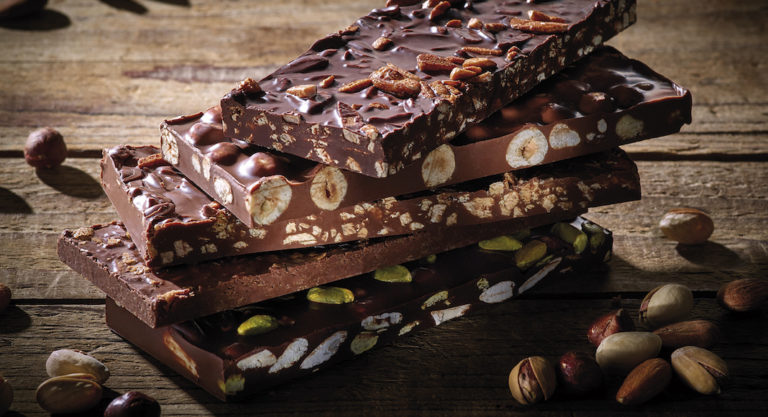I didn’t grow up eating seafood. My family ate fish sticks once in a while and the occasional shrimp cocktail, but that was about it.
Then I married someone who loves seafood, and now we live part of the year in France, where the seafood is amazing. I eat a lot of it, but at first I found French menus confusing because there are so many different words for seafood. Sometimes I didn’t know if I was reading about a fish or a fowl!
Now I can navigate the menus, so let me share what I’ve learned. Here are ten popular kinds of seafood you are likely to run across in France. Most will be familiar, but if there is something new to you, consider the adventure trying it—you may find it delicious!
Bigorneaux / Periwinkles (aka Sea Snails)
I don’t see these small sea snails much in the US, but they are common in France. I love them as part of the Provence specialty le grand aioli, where you dip them in a rich garlic mayonnaise. Like regular snails, you need a special little thingy to pull them out of their shells.
Calamar / Squid
Calamar is very popular and is served all kinds of ways—sautéed, grilled, baked, stuffed, fried, and put into seafood stews. The ink is sometimes used in pasta dishes, like they do in Italy. A small variety of calamar is the chipiron and another is the encornet, which is usually stuffed with meat or vegetables.
Coquilles Saint-jacques / Scallops
In France, these are often served with the little orange pied (foot) attached, which is good to eat. You will usually see coquilles Saint-jacques either sautéed or served in stews.
Crevette / Shrimp
French shrimp come in different sizes and colors. There are the small and tasty crevette gris (grey shrimp), the slightly larger crevette rose (pink shrimp) found in cocktails, and the super-sized gambas (a word borrowed from Spanish.)
I once ordered a starter of gambas—big, whole shrimp that I peeled and then dipped in homemade mayonnaise. But there were so many I had trouble finishing them, and then my main course arrived! I definitely skipped dessert that day.
Écrevisses / Crayfish
While not technically seafood, because they are freshwater animals, écrevisses are often on the menu in restaurants that serve seafood. The écrevisse looks like a mini lobster and the tail is usually split so it’s easy to pull out the sweet meat.
Huîtres / Oysters
France loves its oysters, which are raised along the Atlantic coast, with the best being the Speciales Gillardeau. And the French are clear on an important point: nothing goes better with oysters than Champagne!
Moules / Mussels
When the weather is warm, there is nothing better than eating moules-frites at a seaside café. Moules-frites—steamed mussels with French fries—can be made a lot of different ways, with the mussels steamed with white wine, or tomatoes, or curry, or something else. Try them all!
Poulpe / Octopus
Poulpe comes in different sizes, ranging from about four ounces up to over four pounds, and they are cooked all kinds of ways—grilled, fried, braised, stewed, and stuffed. I love a salad with grilled poulpe on top.
Seiche / Cuttlefish
This is a cousin of squid, and often served the same ways. But I think it’s better—it is more tender and has more flavor. A smaller variety of seiche is called supion.
Tellines / Tiny Clams
The standard clam is called the palourde, but I prefer these tiny, colorful clams called tellines. You find them served all along France’s Mediterranean coast, and they are usually served in a persillade—a sauce of butter, garlic, and parsley.
Keith Van Sickle splits his time between Provence and California. He is the author of the recently-published An Insider’s Guide to Provence and the best-sellers One Sip at a Time: Learning to Live in Provence and Are We French Yet? Read more at Life in Provence.

